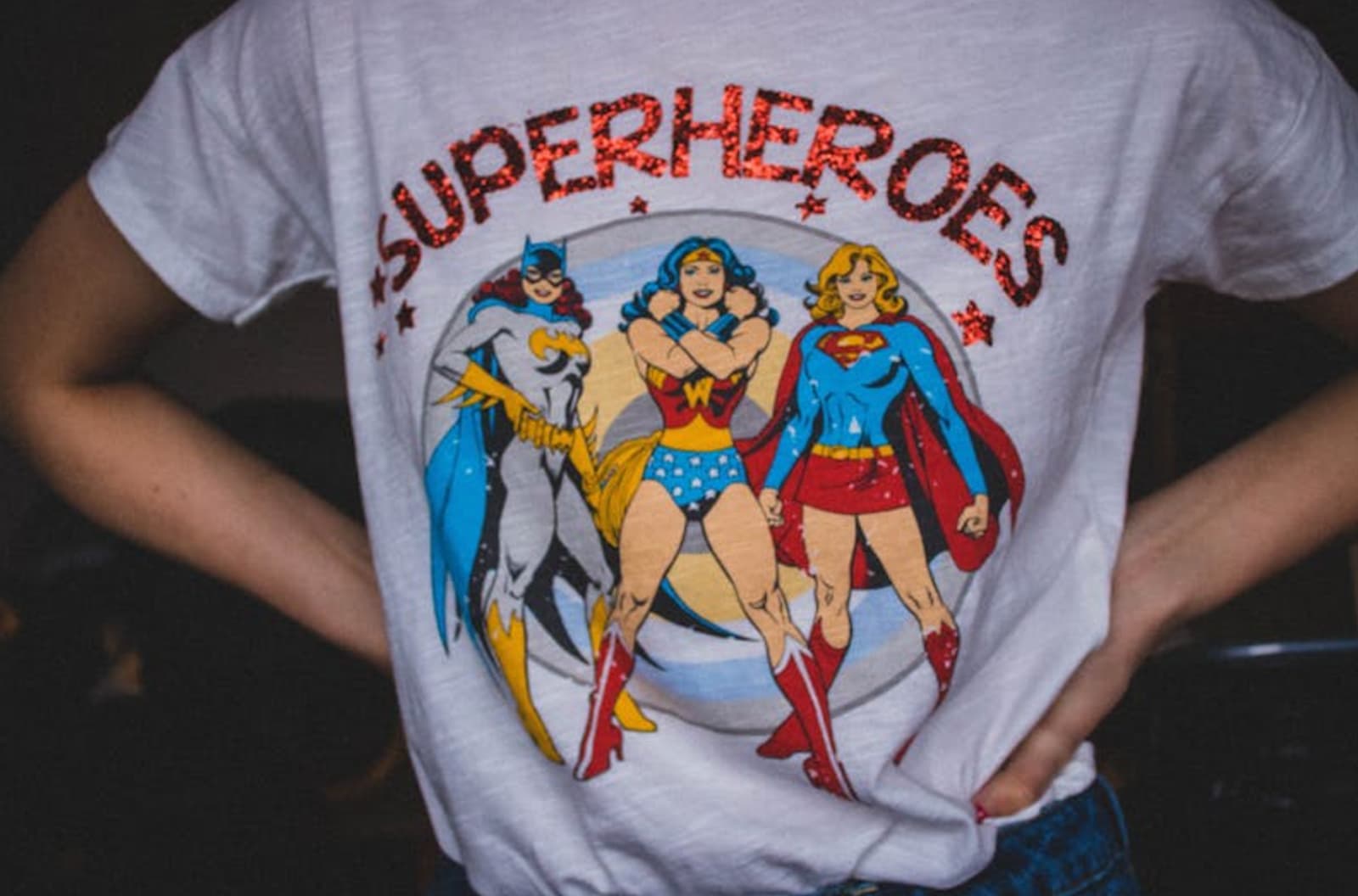Creating a dissertation can be an overwhelming task, especially when you need to balance rigorous academic research with innovative and engaging presentation methods. One powerful way to elevate your dissertation is by incorporating textile prints—an art form that brings creativity, texture, and visual interest into your research. Whether you are working on a design-based dissertation or simply want to include a visual component that reflects your creative process, textile prints can serve as a fantastic bridge between art and academia. If you need help with structuring or writing your dissertation, you can find resources here – https://proredaction.com/memoire-2/.
Conceptualizing Your Textile Print for Academic Relevance
Before diving into the process of creating a textile print, it’s important to establish how your print can be relevant to your dissertation topic. The key is to conceptualize a design that reflects the core themes or findings of your research. If you are working on a dissertation that involves design or the history of textiles, then your textile print can be a direct reflection of the subject matter. However, even for more general academic research, textile prints can visually represent abstract ideas, patterns, or methodologies.
Consider these factors as you conceptualize:
- Themes and Concepts: How do the key concepts or findings of your dissertation lend themselves to visual representation through textiles? For example, if your research involves sustainable fashion, your print design could highlight eco-friendly materials or patterns inspired by nature.
- Cultural Relevance: If your dissertation covers a specific culture or historical period, your print can be informed by the textiles and patterns popular in that time and place.
- Abstract Representation: You can also use prints to convey abstract concepts. Think about color, texture, and pattern as metaphors for the underlying principles of your research.
The goal is to design a textile print that doesn’t just look aesthetically pleasing but also communicates key aspects of your academic work.
Translating Your Concept into a Textile Design
Once you’ve conceptualized the role of textile prints in your dissertation, the next step is to translate those ideas into a tangible design. This process involves both creative and technical aspects, allowing students to merge their artistic vision with the discipline of academic research.
- Research and Inspiration: Just as you would in any design process, begin by researching your chosen theme or concept. Browse through fashion history books, textile archives, or contemporary design works to find inspiration. If you’re unsure where to start, you might want to check out resources that help students with their design projects or dissertations, such as [insert helpful website link here].
- Sketching and Prototyping: Use sketching as a tool to refine your ideas. Whether it’s a geometric pattern, an abstract representation, or a historical motif, drawing your design on paper or digitally can help you visualize how it will appear on fabric or as part of your dissertation presentation. At this stage, experiment with color palettes, textures, and scale to find the design that most effectively communicates your research.
- Digital Tools for Textile Design: If you’re familiar with design software, you can use tools like Adobe Illustrator or Photoshop to create digital versions of your textile designs. These platforms allow you to manipulate patterns and colors easily and experiment with different variations before finalizing your design.
- Printing Techniques: Consider the printing techniques that best suit your design. Methods such as screen printing, digital printing, or block printing can all produce unique results depending on the textures and colors you wish to convey. Each technique brings its own set of challenges and rewards, so understanding your options is key to making an informed choice.
Incorporating Your Textile Print into Your Dissertation Presentation

With your textile print designed and created, it’s time to think about how it can be incorporated into your dissertation presentation. The inclusion of textile prints can add a visual dimension to your research, making your presentation more engaging and memorable.
- Photographs and Visuals: Take high-quality photographs of your textile prints to include in your dissertation. This can be a standalone visual or placed alongside explanations of your design process. You can also present close-up shots of the prints, highlighting the intricacies and textures that may not be immediately apparent in larger images.
- Printed Samples: If possible, consider including a fabric sample of your textile print in your physical dissertation submission. This tactile element will allow your dissertation reviewers or audience to engage with the print on a sensory level, enriching their experience of your work.
- PowerPoint and Digital Presentations: If you’re delivering your dissertation through a digital medium or PowerPoint presentation, integrate your textile prints into slides to create a dynamic flow. Use these visuals strategically to illustrate key points or to break up dense sections of text. Ensure that your designs complement the narrative of your presentation rather than overshadowing it.
- Explaining the Role of Textile Prints: Be sure to explain how your textile print enhances the academic content. This could be a short discussion in your introduction or conclusion, where you clarify how the design connects to your research themes and how it contributes to your overall argument.
The Final Touch: Making Your Dissertation Stand Out
Textile prints can give your dissertation a distinctive edge, setting it apart from others and adding a layer of creativity that demonstrates your ability to combine artistry with academic work. The key to success is ensuring that your print is not just an embellishment but an integral part of your dissertation that reinforces your research.
Moreover, if you find yourself struggling with writing or structuring your dissertation, many online resources are available to assist you.
Conclusion
Incorporating textile prints into your dissertation presentation is a fantastic way to enhance your academic work while showcasing your creative talents. From conceptualizing your design to translating it into a physical or digital format, textile prints can elevate your presentation and make a lasting impression on your audience. By thoughtfully integrating art into your dissertation, you can add a unique and visually compelling dimension to your research.



